 W
WHenry Frederick Baker FRS FRSE was a British mathematician, working mainly in algebraic geometry, but also remembered for contributions to partial differential equations, and Lie groups.
 W
WWilliam Burnside was an English mathematician. He is known mostly as an early researcher in the theory of finite groups.
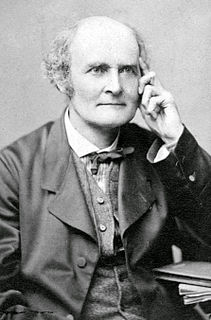 W
WArthur Cayley was a prolific British mathematician who worked mostly on algebra. He helped found the modern British school of pure mathematics.
 W
WSydney Chapman was a British mathematician and geophysicist. His work on the kinetic theory of gases, solar-terrestrial physics, and the Earth's ozone layer has inspired a broad range of research over many decades.
 W
WJames Whitbread Lee Glaisher FRS FRSE FRAS, son of James Glaisher and Cecilia Glaisher, was a prolific English mathematician and astronomer. His large collection of (mostly) English ceramics was mostly left to the Fitzwilliam Museum in Cambridge.
 W
WSir Alfred George Greenhill, FRS FRAeS, was a British mathematician.
 W
WGodfrey Harold Hardy was an English mathematician, known for his achievements in number theory and mathematical analysis. In biology, he is known for the Hardy–Weinberg principle, a basic principle of population genetics.
 W
WErnest William Hobson FRS was an English mathematician, now remembered mostly for his books, some of which broke new ground in their coverage in English of topics from mathematical analysis. He was Sadleirian Professor of Pure Mathematics at the University of Cambridge from 1910 to 1931.
 W
WChristian Felix Klein was a German mathematician and mathematics educator, known for his work with group theory, complex analysis, non-Euclidean geometry, and on the associations between geometry and group theory. His 1872 Erlangen program, classifying geometries by their basic symmetry groups, was an influential synthesis of much of the mathematics of the time.
 W
WSir Horace Lamb was a British applied mathematician and author of several influential texts on classical physics, among them Hydrodynamics (1895) and Dynamical Theory of Sound (1910). Both of these books remain in print. The word vorticity was coined by Lamb in 1916.
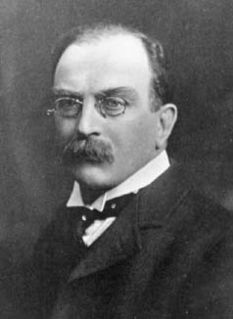 W
WSir Joseph Larmor FRS FRSE DCL LLD was an Irish and British physicist and mathematician who made innovations in the understanding of electricity, dynamics, thermodynamics, and the electron theory of matter. His most influential work was Aether and Matter, a theoretical physics book published in 1900.
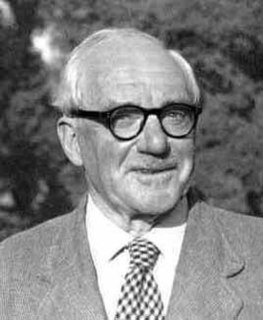 W
WJohn Edensor Littlewood was a British mathematician. He worked on topics relating to analysis, number theory, and differential equations, and had a lengthy collaboration with G. H. Hardy and Mary Cartwright.
 W
WAugustus Edward Hough Love FRS, often known as A. E. H. Love, was a mathematician famous for his work on the mathematical theory of elasticity. He also worked on wave propagation and his work on the structure of the Earth in Some Problems of Geodynamics won for him the Adams prize in 1911 when he developed a mathematical model of surface waves known as Love waves. Love also contributed to the theory of tidal locking and introduced the parameters known as Love numbers, which are widely used today. These numbers are also used in problems related to the tidal deformation of the Earth due to the gravitational attraction of the Moon and Sun.
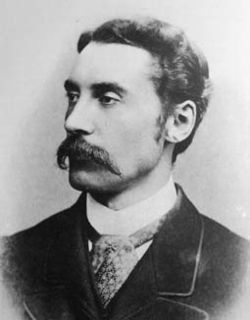 W
WPercy Alexander MacMahon was a mathematician, especially noted in connection with the partitions of numbers and enumerative combinatorics.
 W
WLouis Joel Mordell was an American-born British mathematician, known for pioneering research in number theory. He was born in Philadelphia, United States, in a Jewish family of Lithuanian extraction.
 W
WJohn William Strutt, 3rd Baron Rayleigh,, was a British scientist who made extensive contributions to both theoretical and experimental physics. He spent all of his academic career at the University of Cambridge. Among many honors, he received the 1904 Nobel Prize in Physics "for his investigations of the densities of the most important gases and for his discovery of argon in connection with these studies." He served as President of the Royal Society from 1905 to 1908 and as Chancellor of the University of Cambridge from 1908 to 1919.
 W
WKlaus Friedrich Roth was a German-born British mathematician who won the Fields Medal for proving Roth's theorem on the Diophantine approximation of algebraic numbers. He was also a winner of the De Morgan Medal and the Sylvester Medal, and a Fellow of the Royal Society.
 W
WBertrand Arthur William Russell, 3rd Earl Russell was a British polymath, philosopher, logician, mathematician, historian, writer, social critic, political activist, and Nobel laureate. Throughout his life, Russell considered himself a liberal, a socialist and a pacifist, although he sometimes suggested that his sceptical nature had led him to feel that he had "never been any of these things, in any profound sense". Russell was born in Monmouthshire into one of the most prominent aristocratic families in the United Kingdom.
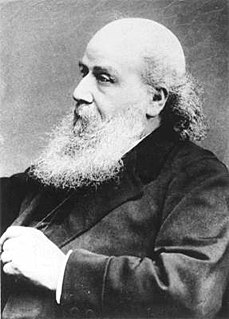 W
WJames Joseph Sylvester FRS HFRSE was an English mathematician. He made fundamental contributions to matrix theory, invariant theory, number theory, partition theory, and combinatorics. He played a leadership role in American mathematics in the later half of the 19th century as a professor at the Johns Hopkins University and as founder of the American Journal of Mathematics. At his death, he was a professor at Oxford.
 W
WSir Edmund Taylor Whittaker FRS FRSE LL.D. Sc.D. was an early 20th-century British mathematician, physicist, and historian of science. Whittaker was a leading mathematical scholar of the early twentieth century who contributed widely to applied mathematics and was renowned for his research in mathematical physics and numerical analysis, including the theory of special functions, along with his contributions to astronomy, celestial mechanics, the history of physics, and digital signal processing. Among the most influential publications in Whittaker’s bibliography, he authored several popular reference works in mathematics, physics, and the history of science, including A Course of Modern Analysis, Analytical Dynamics of Particles and Rigid Bodies, and A History of the Theories of Aether and Electricity. Whittaker is also remembered for his role in the relativity priority dispute, as he credited Henri Poincaré and Hendrik Lorentz for developing special relativity in the second volume of his History, a dispute which has lasted several decades, though scientific consensus has remained with Einstein. Whittaker served as the Royal Astronomer of Ireland early in his career, a position he held from 1906 through 1912, before moving on to the chair of mathematics at the University of Edinburgh for the next three decades and, towards the end of his career, received the Copley Medal and was knighted. The School of Mathematics of the University of Edinburgh holds The Whittaker Colloquium, a yearly lecture, in his honour and the Edinburgh Mathematical Society promotes an outstanding young Scottish mathematician once every four years with the Sir Edmund Whittaker Memorial Prize, also given in his honour.
 W
WWilliam Henry Young FRS was an English mathematician. Young was educated at City of London School and Peterhouse, Cambridge. He worked on measure theory, Fourier series, differential calculus, amongst other fields, and made contributions to the study of functions of several complex variables. He was the husband of Grace Chisholm Young, with whom he authored and co-authored 214 papers and 4 books. Two of their children became professional mathematicians. Young's Theorem was named after him.